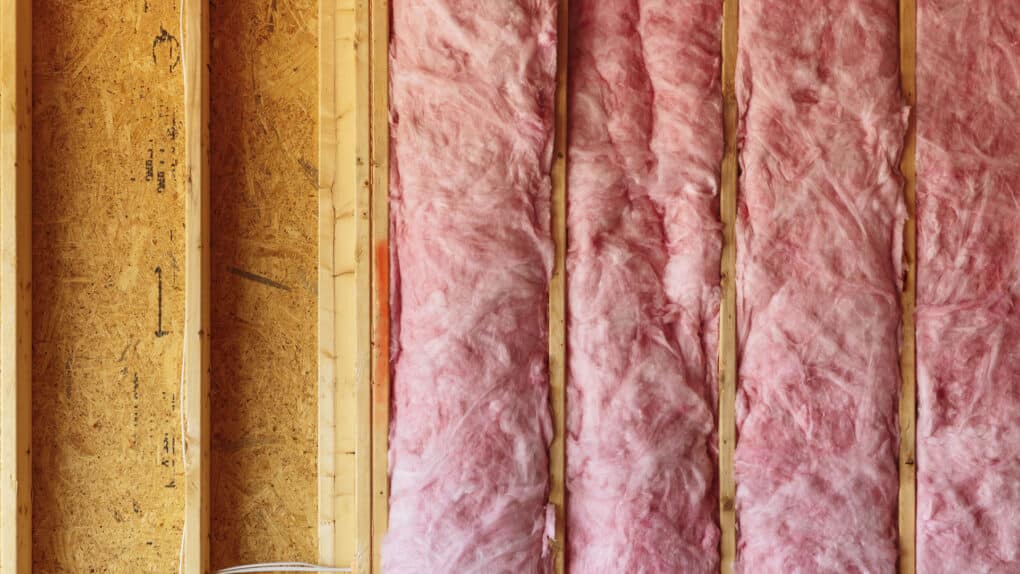Insulation is a key element in the construction and renovation of buildings. It plays a crucial role in thermal comfort and energy efficiency. Among the various criteria used to assess the performance of an insulating material, two parameters are fundamental: the thermal conductivity coefficient, often called the lambda coefficient (λ), and the thermal resistance, known as the R value.
Lambda coefficient (λ)
The lambda coefficient (λ) is a measure of a material's ability to conduct heat. It is expressed in watts per metre per kelvin (W/m-K). This coefficient reflects the efficiency with which heat is transmitted through a material: the lower the lambda coefficient, the better the insulation.
To understand this phenomenon, let's imagine that two different materials are exposed to a difference in temperature. If material A has a lambda coefficient of 0.035 W/m-K and material B has a coefficient of 0.040 W/m-K, material A will be more effective at limiting the passage of heat, because it offers greater resistance to thermal conduction.
The R
The R value of an insulating material measures its thermal resistance. It is calculated as a function of the thickness of the material and its lambda coefficient. The formula for calculating thermal resistance R is as follows:
𝑅 = 𝑒 / λ
where
- 𝑒 is the thickness of the material in metres (m) and
- 𝜆 is the thermal conductivity coefficient in W/m-K.
The R value is expressed in square metres of Kelvin per watt (m²K/W). The higher the R value, the better the insulation, as this means that the material offers great resistance to the passage of heat.
The Uc
The Conducting Unit (Uc) is used to assess the overall insulating performance of a material assembly, taking into account thermal conductivity, thickness and other factors influencing heat transfer.
The Uc coefficient is the inverse of R.
U = λ / 𝑒 = 1 / 𝑅
where
- 𝑒 is the thickness of the material in metres (m) and
- 𝜆 is the thermal conductivity coefficient in W/m-K.
The Uc value is expressed in watts per square metre kelvin (W/m²K). The lower the Uc value, the better the insulation.
Practical example
Consider an insulating material with a lambda coefficient of 0.030 W/m-K and a thickness of 0.1 metre. Its thermal resistance R would be :
𝑅 = 0.10 / 0.03 = 3.33 m²K/W
This means that the material offers a thermal resistance of 3.33 m²K/W, which is relatively high for a standard insulator.
Importance of these values in construction
In construction, choosing materials with a low lambda coefficient and a high R value is essential for optimising thermal insulation. This not only reduces energy requirements for heating and cooling, but also contributes to more stable thermal comfort inside buildings.
In conclusion, understanding the lambda coefficient and R-value is crucial to evaluating and choosing the right insulation materials. This enables builders and building owners to optimise energy efficiency and reduce the environmental impact of excessive energy consumption.


Leave a Reply